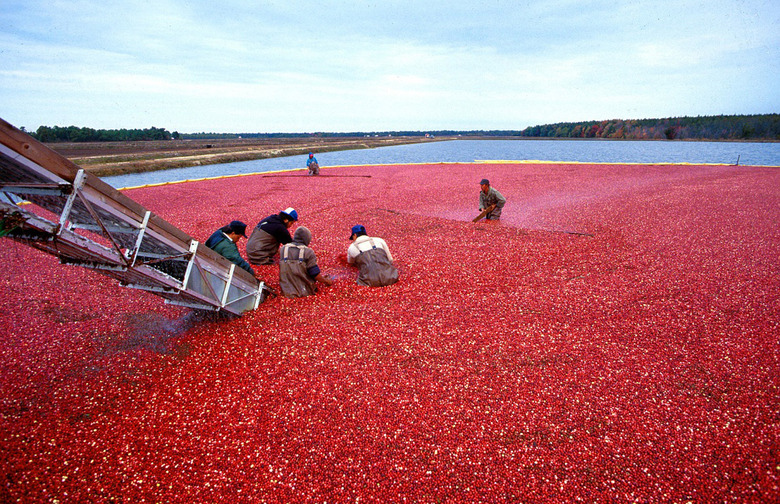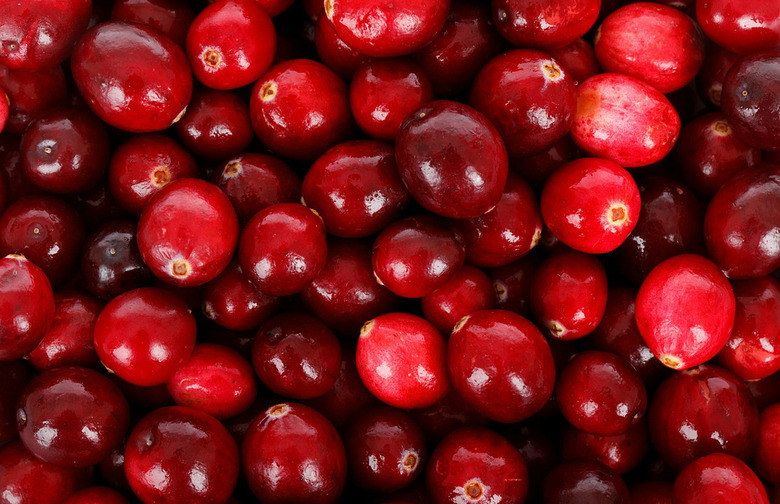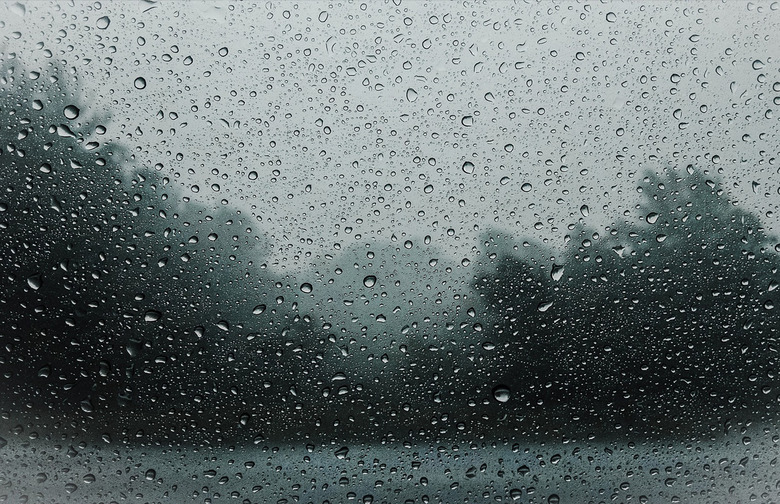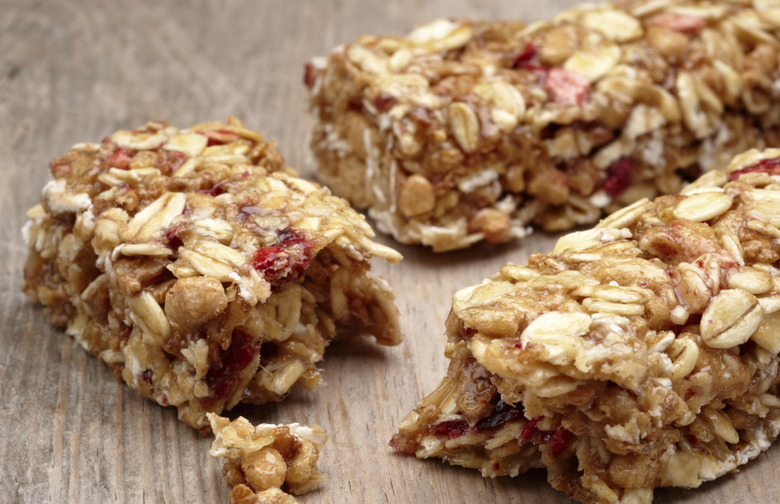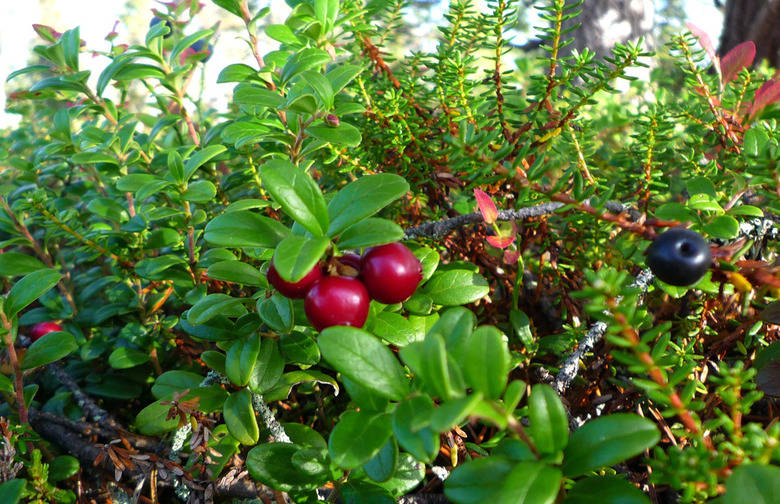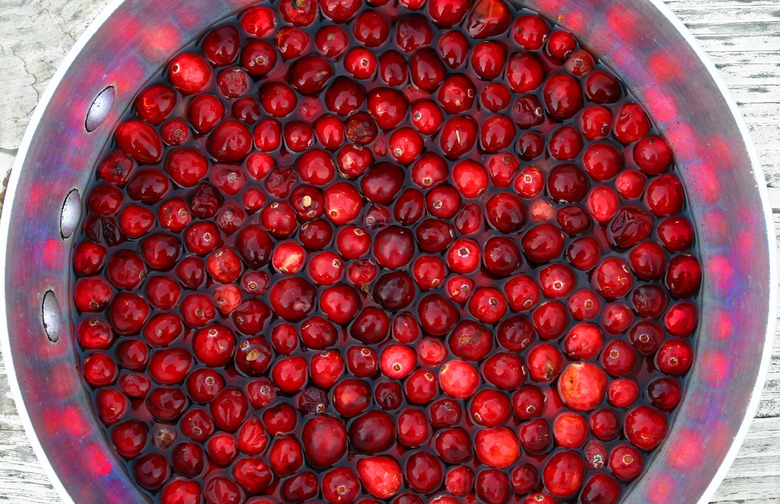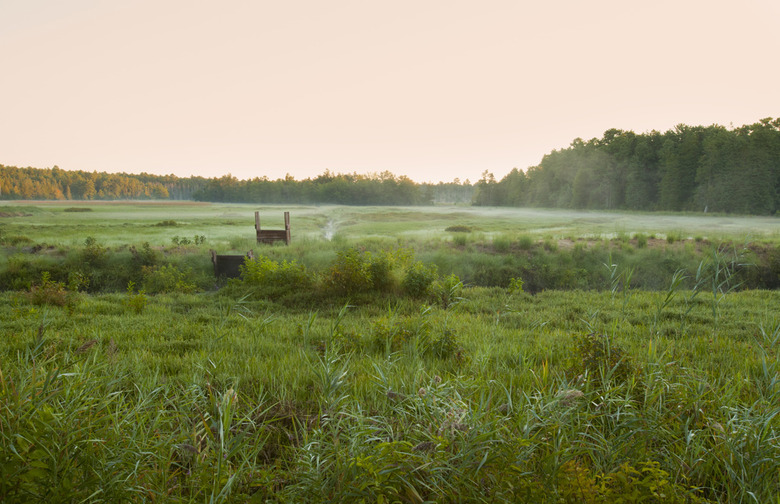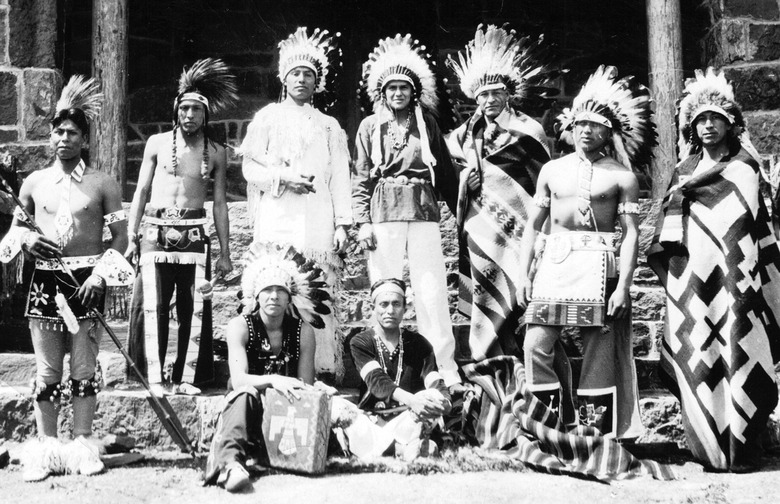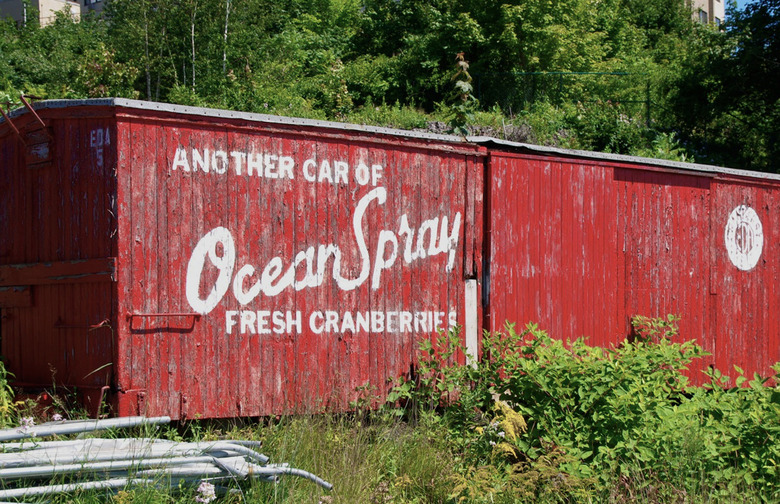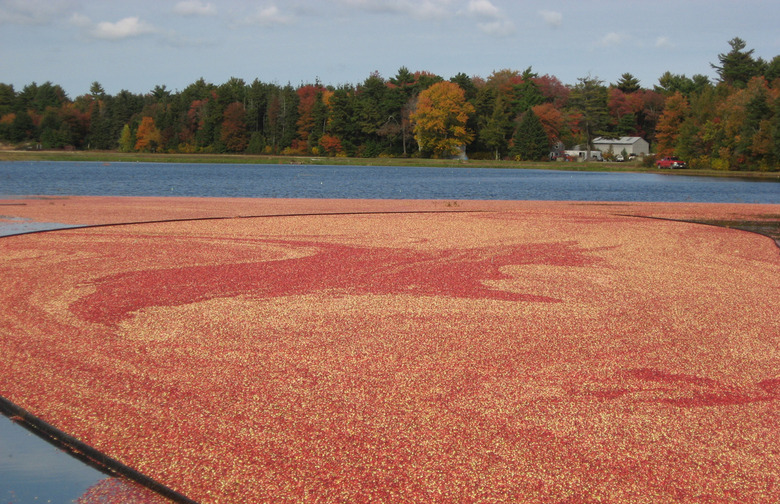10 Things You Didn't Know About Cranberries And Cranberry Bogs Slideshow
Since cranberries are native to North America, certain fungi, weeds, and insects have evolved as well in order to attack them. That means growers must use phosphorus-based fertilizers and pesticides to make the most of the crop, and according to Vice, a 2008 report by the Organic Center found that cranberries had a particularly high dietary risk when it came to the amount and toxicity of pesticides used during their growth. Cranberry bogs are also purportedly permitted to recycle chemical-heavy water into nearby wetlands.
2. Cranberries are good for treating urinary tract infections, cavities, and gum disease.
Cranberries prevent bacteria from attaching to the urethra and bladder, which is why consuming the fruit is recommended when diagnosed with a urinary tract infection. Another bacteria in cranberries keeps plaque from piling up on teeth. The antioxidants and phytonutrients contained in cranberries have a variety of other health benefits.
3. Cranberries thrive in a pretty harsh environment.
Cranberries are grown in bogs, or wetlands known for peat deposits, thick moss, and acidic waters, according to HowStuffWorks. The cranberry plant is durable due to its resilient vines, woody stems, and leather-like leaves, which can control how much water they absorb, thereby allowing for more fresh water than acidic water. Nutrients are hard to find in the harsh habitat of the bog, but the cranberry plants absorb organic nitrogen to use for growth.
4. Cranberries were key in “energy bars” made over 400 years ago.
Pemmican was a Native American recipe involving cranberries, dried ground deer meat, and fat tallow. The mixture lasted for months due to the fat and the fruit's acidity, which helped keep away bacteria, according to National Geographic. The Métis people often sold it to Europeans who needed sustenance on long winter trade routes.
5. Cranberry vines have long lifespans.
Cranberry vines that go undamaged can survive for an indefinite number of years, which is why cranberry growers don't replant every year. In Cape Cod, some working vines are over 150 years old. A common practice for cranberry growers is to spread sand on the vines to dissuade insects and the growth of weeds.
6. The forecast for 2015’s cranberry crop in the United States is 8.41 million barrels.
This number has increased from that of 2014, says the U.S. Department of Agriculture, and cranberry growers in Oregon and Washington have positive hopes for the year's crop because of favorable weather predictions. Fall is peak cranberry season.
7. Many cranberry bogs are located in the northern United States.
The areas with the most cranberry growth include Massachusetts, New Jersey, Washington, Wisconsin, Oregon, and provinces in Canada like Quebec and British Columbia, according to the Cape Cod Cranberry Growers Association. Places like Delaware, Michigan, New York, Maine, Rhode Island, Ontario, New Brunswick, and Nova Scotia also participate in cranberry growth to some extent. Sandy soil and significant amounts of fresh water are important environmental characteristics for a quality cranberry crop.
8. Native Americans had many uses for cranberries.
Native Americans are known for their reluctance to waste, and they certainly reaped as many benefits as they could from these small red fruits. Uses included cooking, dyes, bait for snowshoe hares, leaves as a substitute for tobacco, and dyeing porcupine quills for jewelry.
9. Ocean Spray uses the “bounce test” at their bogs.
Ocean Spray credits an early cranberry grower in New Jersey by the name of John "Peg-Leg" Webb with discovering that, while pouring them down the steps in lieu of carrying them, only the freshest and firmest berries bounced all the way to the bottom. Ocean Spray still uses a device that simulates a "bounce test" to test the crop.
10. You can tour a cranberry bog.
Cranberry bog tours in Massachusetts can be found here. The destinations include Stone Bridge Farm, Mayflower Cranberries, and A.D. Makepeace Company. At some, you can wear waders and actually help with the harvest.
